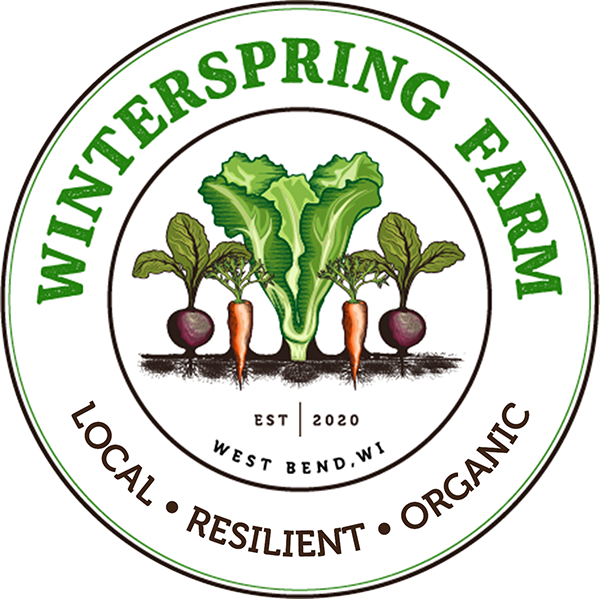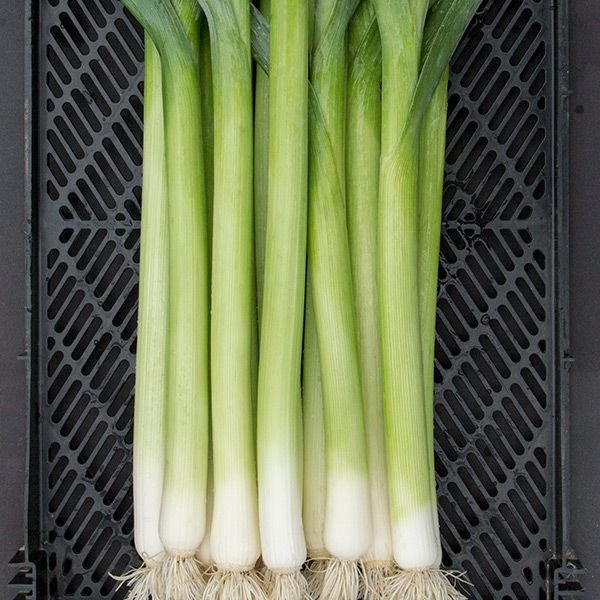Leek
Culinary Use, Storage, & Benefits
Vegetable Profile: Leeks (Allium ampeloprasum)
Description
Picking a favorite onion family plant is about as difficult as it gets, but honestly, leeks are at the top of my list. Maybe it’s because they’re largely under-appreciated, but I stand firmly on my conviction that anything onion can do, leeks can do better! They are great in soup, sure, but they deserve so, so much more. If you like their wild ancestor, the ramp, you’ll love cultivated leeks just as much without the harmful effects that wild harvesting has on delicate and threatened ramp populations.
Nutrition
Sulfur compounds in leeks and most onion family crops account for their healing action in digestion. Unlike other onion family plants, leeks contain carotenoids lutein and zeaxanthin. They are milder than onions and garlic, and are therefore more child-friendly and less heating for people with heat-related conditions.
Storage
Can be stored in the crisper drawer of the fridge for up to a week or more. They also freeze well if you chop them and add them to a freezer bag.
Use
There are so many ways to enjoy leeks! Sauteed, raw, grilled, blended into soups… The leek can do it all.
Raw: Peel back the outer leaves if they are thin or tough. Rinse off any remaining dirt with cool water. Cut off the root base, and finely chop the remaining stalk and leaves, until leaves become fibrous From there, you can add it to salad, use it on a sandwich or burrito, or mix it into scrambled eggs. I love topping a bagel and cream cheese with some finely chopped leeks!
Cooked: Repeat the first step above. Coarsely chop the leeks into disks. Add to heated oil along with onions or garlic, or in place of. Continue adding ingredients for a stir fry.
Sources:
The New Whole Foods Encyclopedia by Rebecca Wood
Asparagus to Zucchini by Fairshare Coalition
Produce: A fruit and vegetable lover's guide by Bruce Beck
Our own experience!


